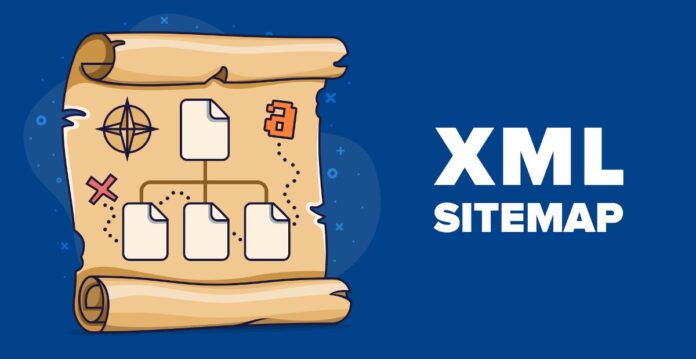Nothing is more stressful for a publisher than investing a lot of time (and money) in creating content to slowly get into Google’s index. Indexing for XML sitemaps helps index fresh content faster.
After all, the sooner your material is indexed, the sooner you may start attracting organic traffic and move up the rankings for the keyword(s) you’ve specified. Any delay in indexation merely makes this process longer, and ranking takes enough time as it is.
Simply said, the first step in generating traffic for newly published material is knowing how to swiftly get your content into Google’s web index.
What Exactly Is a Sitemap?
A sitemap is a diagram of your website that aids in the discovery, crawling, and indexing of all of its content by search engines. Sitemaps also let search engines know which pages on your website are most important.
Sitemaps come in four main categories:
- Normal XML Sitemap: The most popular kind of sitemap is the normal XML sitemap. Usually, it looks like an XML Sitemap with links to different pages on your website.
- Video Sitemap: Specifically used to aid Google in comprehending the videos on your page.
- News Sitemap: Aids Google in locating content on websites that have been given Google News approval.
- Image Sitemap: Helps Google locate all of the images posted on your website.
Quicker Indexing of New Content Using an XML Sitemap
It’s good to find support materials from Google that highlight the advantages of employing particular techniques. And Google recently released one on the advantages of utilizing XML sitemaps.
To find new pages and updated pages to add to their index, search engines use programs to crawl the web. These are frequently referred to as crawlers, robots, or spiders. However, there are more methods the search engine uses to gather data about the pages it may include in search results.
The efficacy of XML sitemaps is examined in a whitepaper from Google titled Sitemaps: Above and Beyond the Crawl of Duty (pdf). In 2005, Google introduced them as part of its Google Sitemaps project.
Through the use of XML sitemaps, website owners can assist search engines in indexing the pages on their websites. Soon after, Yahoo and Microsoft joined Google in supporting XML sitemaps. The sitemaps protocol’s explanation was launched on a series of pages.
According to the report, as of October 2008, almost 35 million websites published XML sitemaps. This gives information for a few billion URLs. Although many websites now utilize XML sitemaps, none of the search engines have provided much information about their usefulness. How they might be used in conjunction with web crawling tools. Or whether or not they affect the number of pages indexed or how quickly they do so.
A case study of CNN, Pubmed, and Amazon
Some of those inquiries are addressed in the study. It examines how Google might use an XML sitemap to find new sites and updated content on pages that are already indexed. A case study on three different websites, including Amazon, CNN, and Pubmed, is also included.
Amazon’s strategy for XML sitemaps is based on the massive amount of URLs mentioned (20 million), as well as the regular addition of new products. In their XML sitemap, they also try to show the canonical or optimal URL versions of the product pages.
About XML sitemaps, CNN prioritizes assisting search engines in recognizing the daily addition of several new URLs as well as resolving canonical issues with their pages.
In its XML sitemaps, Pubmed maintains a sizable library of URLs. The majority of which have seen minimal modification over time and are updated every month.
What we checked in the case study
500 million URLs from XML sitemaps were the only ones used in one section of the study. It concentrated on evaluating whether using XML sitemaps enabled the inclusion of pages of greater quality. Compared to using crawling tools alone and ignoring the sitemap data.
To establish which method revealed the most recent versions of those pages. The study also examined 5 billion URLs seen by XML sitemaps and web crawling algorithms. It seems that the sitemap method discovered fresh content more quickly:
The final half of the essay explores the potential use of XML sitemaps by search engines to guide their selection of which pages on a website to crawl first.
You might find the case study section and its descriptions of how Amazon, CNN, and Pubmed organize and use those sitemaps fascinating if you’re utilizing these sitemaps on your website.
If you don’t already use these sitemaps on your website, you might want to read this paper and think about doing so.





